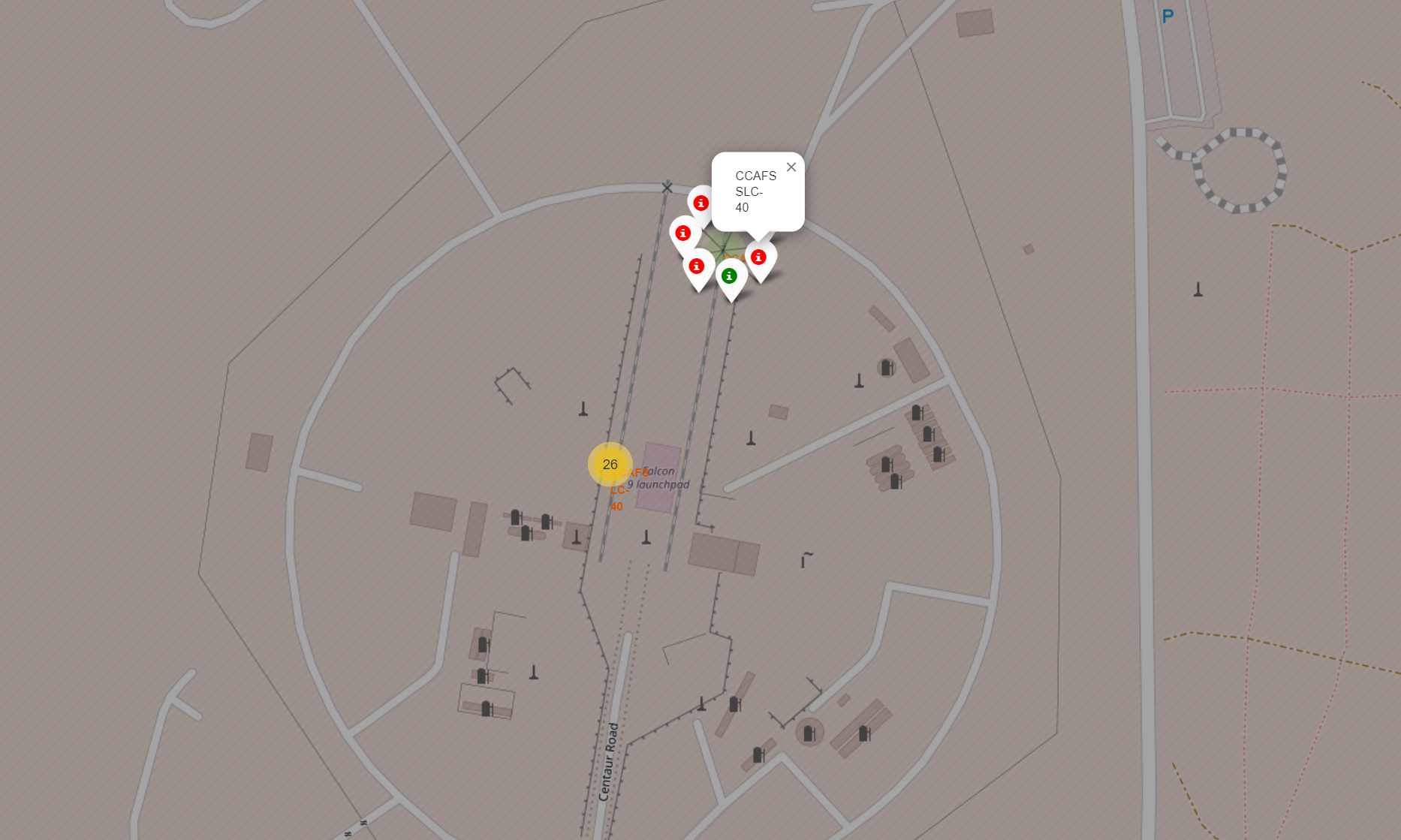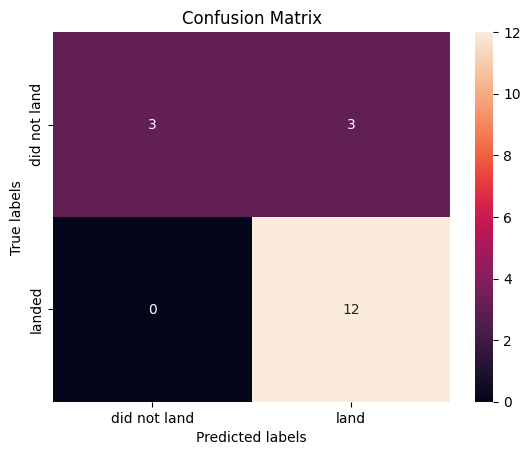SpaceX Launch Analysis and Landing Prediction

A comprehensive analysis of SpaceX launch data, employing various data science techniques to predict landing outcomes and extract meaningful insights
View the Project on GitHub alxmares/SpaceX-Launch-Analysis-and-Landing-Prediction
🛠️ Tools and Technologies Used








📊 Exploratory Data Analysis (EDA)
In this project, I performed extensive exploratory data analysis to understand the nuances of SpaceX launch outcomes. Below are the key steps taken:
1. Web Scraping
- Utilized Python libraries to extract raw launch data from various sources.
2. Data Wrangling
- Cleaned and structured the raw data into a usable format using Pandas, ensuring accuracy and consistency for subsequent analysis.
3. EDA with SQL
Landing Outcome Distribution (2010-2017)
A key SQL query used in the analysis to understand the distribution of landing outcomes:
SELECT landing_outcome, count(*) as outcome_count
FROM SPACEXTABLE
WHERE Date BETWEEN '2010-06-04' AND '2017-03-20'
GROUP BY landing_outcome
ORDER BY outcome_count DESC
Output:
| Landing_Outcome | Outcome_Count |
|---|---|
| No attempt | 10 |
| Success (drone ship) | 5 |
| Failure (drone ship) | 5 |
| Success (ground pad) | 3 |
| Controlled (ocean) | 3 |
| Uncontrolled (ocean) | 2 |
| Failure (parachute) | 2 |
| Precluded (drone ship) | 1 |
4. EDA Part 2
Success Rate of Each Orbit
Using the cleaned data, I analyzed the success rate for each orbit type. The bar chart below illustrates the success rates:
 This chart shows the success rate of launches to different orbits, providing insights into the reliability of various orbital missions.
This chart shows the success rate of launches to different orbits, providing insights into the reliability of various orbital missions.
Trend of successful launches over time:
 The line plot highlights how the success rate has evolved over the years, reflecting SpaceX’s growing proficiency in launch operations.
The line plot highlights how the success rate has evolved over the years, reflecting SpaceX’s growing proficiency in launch operations.
5. Geographical Mapping with Folium
Created interactive maps to visualize launch sites and their respective landing outcomes, leveraging the power of Folium for geographical representation.

6. Dashboard Development with Dash and Plotly
Developed a dynamic dashboard using Dash and Plotly to provide interactive visualizations and predictive analytics for SpaceX launches.

7. Machine Learning for Landing Prediction
🔍 Machine Learning Models
Several machine learning algorithms were utilized to predict the landing outcomes:
- Logistic Regression:
- Logistic Regression was used to model the probability of a rocket landing successfully. The model’s hyperparameters were fine-tuned using
GridSearchCVto achieve optimal performance. - Test Accuracy: 0.8333
- Logistic Regression was used to model the probability of a rocket landing successfully. The model’s hyperparameters were fine-tuned using
- Support Vector Machine (SVM):
- A Support Vector Machine was trained to classify the landing outcomes, leveraging the kernel trick to handle non-linear relationships in the data.
- Test Accuracy: 0.8333
- Decision Trees:
- A Decision Tree model was implemented to capture the decision-making process in predicting landing outcomes, with hyperparameter tuning via
GridSearchCV. - Test Accuracy: 0.7222
- A Decision Tree model was implemented to capture the decision-making process in predicting landing outcomes, with hyperparameter tuning via
- K-Nearest Neighbors (KNN):
- The K-Nearest Neighbors algorithm was employed to predict landing outcomes based on the similarity of new data points to the existing labeled data.
- Test Accuracy: 0.8333
🧠 Model Performance
| Model | Test Accuracy |
|---|---|
| Logistic Regression | 0.8333 |
| Support Vector Machine | 0.8333 |
| Decision Trees | 0.7222 |
| K-Nearest Neighbors | 0.8333 |

The results indicate that the Logistic Regression, SVM, and KNN models all performed equally well, achieving an accuracy of 83.33% on the test data. The Decision Tree model, while slightly less accurate, still provided valuable insights with an accuracy of 72.22%.
